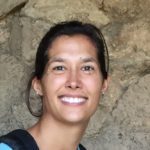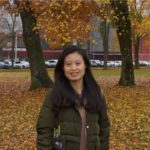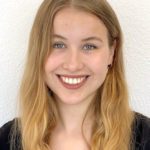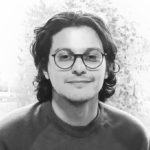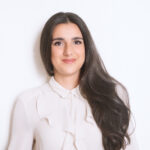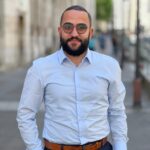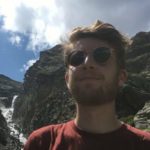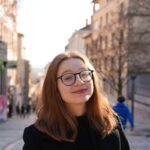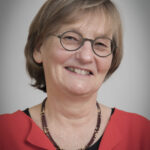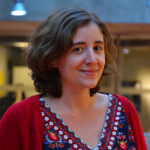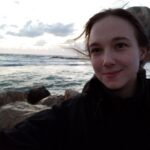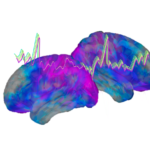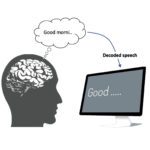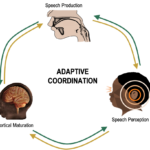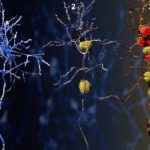The team Neural Coding and Neuroengineering of Human Speech Functions (Dir. Anne-Lise GIRAUD) is interested in understanding the computations that enable our brain to perceive and produce speech from a fundamental perspective in order to design targeted therapies for neurodevelopmental and acquired speech disorders.
MAIN RESEARCH AXES
Repair of cortical auditory dysfunctions. In this project, we are targeting two language disorders that involve dysfunctions in the auditory cortex: dyslexia and autism spectrum disorders (ASD). In both cases, we have identified dramatic changes in the oscillatory activity of the auditory cortex, which may underlie some of these disorders. Our aim is to design a possible therapeutic intervention, including brain stimulation or neurofeedback.
Genetic bases of auditory neural oscillatory processes. Here we propose to contribute to the establishment of a neurogenetic model that could explain the development of a machine as complex as the human communication system, and its peripheral and central disorders.
Decoding inner speech using auditory representations. This research project is aimed to develop a brain-machine interface to restore oral communication in patients with severe speech production disorders, by decoding speech directly from neural signals.
Oscillatory plasticity and speech acquisition: implications for deafness and stuttering. This project investigates the neural oscillatory principles underlying the concomitant learning of speech perception and production in young children. By targeting the establishment of sensorimotor interactions during development, our goal is to identify specific therapeutic periods for speech and language disorders.

